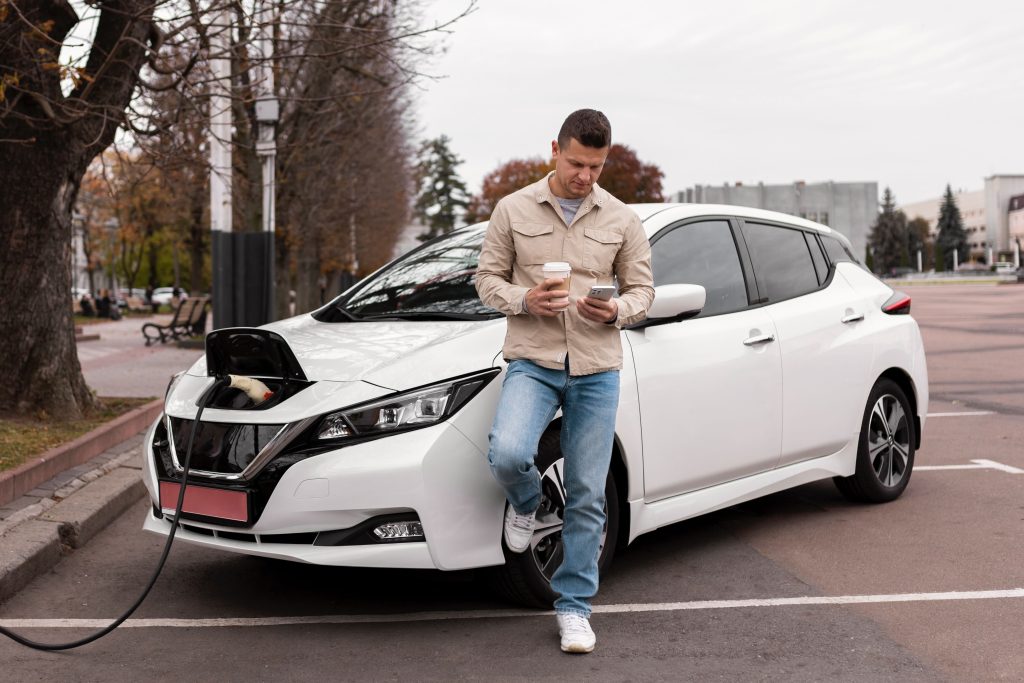In an era marked by rapid technological advancements and a growing concern for the environment, electric vehicles (EVs) have emerged as a shining beacon of innovation and sustainability in the realm of transportation. With their zero-emission capabilities, reduced reliance on fossil fuels, and remarkable performance improvements, EVs are undeniably crucial for shaping the future of human mobility. With a strong commitment to innovation, environmental stewardship, and technological advancement, CITA EV is playing a crucial role in shaping the future of human mobility through its groundbreaking contributions to the EV landscape.
Sustainability at the Core
One of the most pressing challenges of our time is the global threat posed by climate change. As traditional internal combustion engine (ICE) vehicles continue to contribute significantly to greenhouse gas emissions and air pollution, the transition to EVs represents a pivotal step toward mitigating these adverse effects. EVs run on electricity, which can be generated from renewable sources like solar, wind, and hydroelectric power. By relying on clean energy, EVs significantly reduce carbon dioxide emissions and curb air pollutants, thereby improving air quality and human health in urban areas.
Reducing Fossil Fuel Dependence
The world’s dependence on fossil fuels has long been a cause for concern due to their finite availability and environmental consequences. EVs play a crucial role in decreasing this reliance, as they can be charged using electricity from a variety of sources. This flexibility reduces the pressure on oil reserves and diminishes geopolitical tensions associated with fossil fuel trade. Moreover, the transition to EVs can lead to a more stable energy market, encouraging investment in renewable energy infrastructure and promoting energy security.
Technological Advancements and Performance
The initial skepticism surrounding EVs was often centered on concerns about their performance and range limitations. However, the past few years have witnessed remarkable advancements in EV technology. Batteries are becoming more efficient and affordable, leading to increased driving ranges and shorter charging times. Many modern EVs boast impressive acceleration and torque, often surpassing their ICE counterparts. The quiet and smooth operation of EVs further enhances the driving experience, making them an appealing choice for a wide range of consumers.
At the heart of CITA EV’s impact on the EV industry lies its dedication to technological innovation. The company’s commitment to research and development has led to the creation of cutting-edge EV technologies that push the boundaries of what’s possible. From advanced battery management systems that optimize energy efficiency to regenerative braking systems that maximize range, CITA EV’s innovations are driving the evolution of EV technology, making electric vehicles more efficient, reliable, and accessible than ever before.

Economic Incentives and Cost Savings
While the upfront cost of EVs has historically been a barrier to adoption, ongoing advancements in manufacturing processes and government incentives are steadily reducing this financial hurdle. Governments around the world are offering incentives such as tax credits, rebates, and reduced registration fees to promote the adoption of EVs. Additionally, the operating costs of EVs are considerably lower than those of traditional vehicles, thanks to lower energy costs, fewer moving parts, and reduced maintenance requirements. Over time, these economic benefits can offset the initial purchase price, making EVs an attractive option for budget-conscious consumers.
One of the primary barriers to widespread EV adoption has been the perceived high cost of Ev infrastructure. CITA EV is actively working to change this narrative by making it more affordable and accessible to a broader range of consumers. Through strategic partnerships and cost-effective manufacturing processes, CITA EV aims to bring down the upfront price of EVs, ensuring that more individuals can experience the benefits of electric mobility without breaking the bank
Charging Infrastructure Development
A robust charging infrastructure is essential for the widespread adoption of EVs. Thankfully, both public and private sectors have been investing heavily in charging networks. Rapid-charging stations are cropping up along highways, enabling long-distance travel for EV owners. At the same time, workplace and residential charging solutions are becoming increasingly common, making it more convenient for individuals to charge their vehicles overnight or during the workday. As charging infrastructure continues to expand, range anxiety—a concern often associated with EVs—will become a thing of the past.
Job Creation and Economic Growth
The shift towards EVs doesn’t just benefit the environment and consumers—it also holds significant potential for job creation and economic growth. The EV industry demands skilled workers in various fields, including battery manufacturing, software development, and charging infrastructure installation. By fostering this industry, governments can stimulate economic activity and position themselves as leaders in the clean energy revolution.
As the rise of electric vehicles continues to reshape the landscape of human mobility, CITA EV stands at the forefront of this transformative movement. Through its unwavering commitment to sustainability, innovation, and accessibility, CITA EV is not only revolutionizing transportation but also driving positive change on a global scale.

